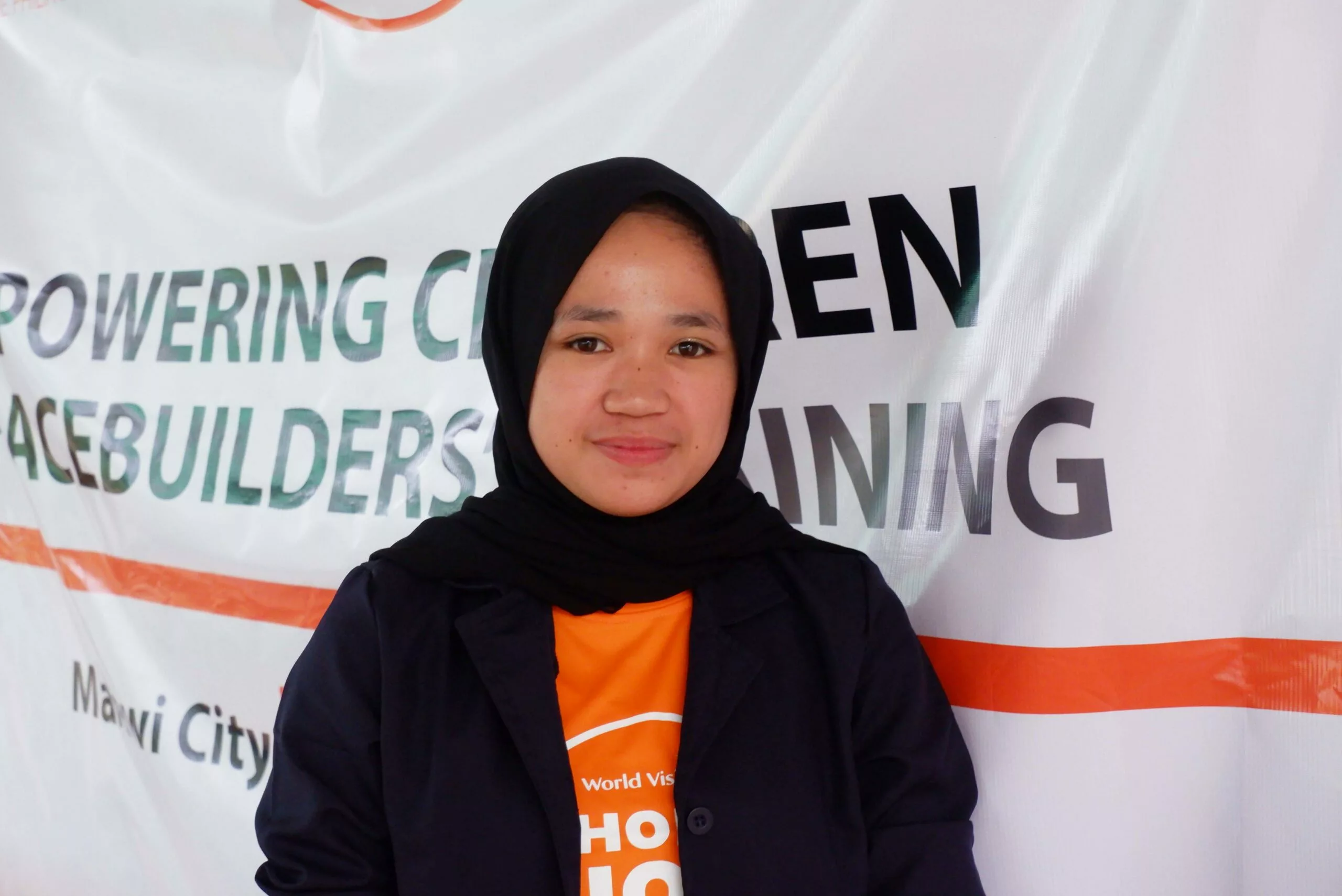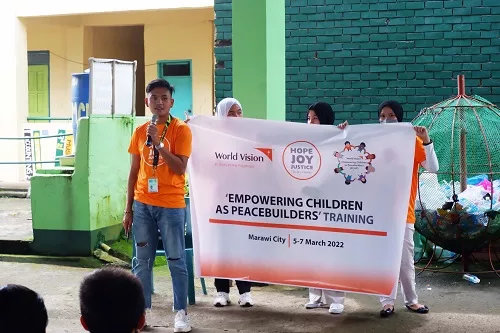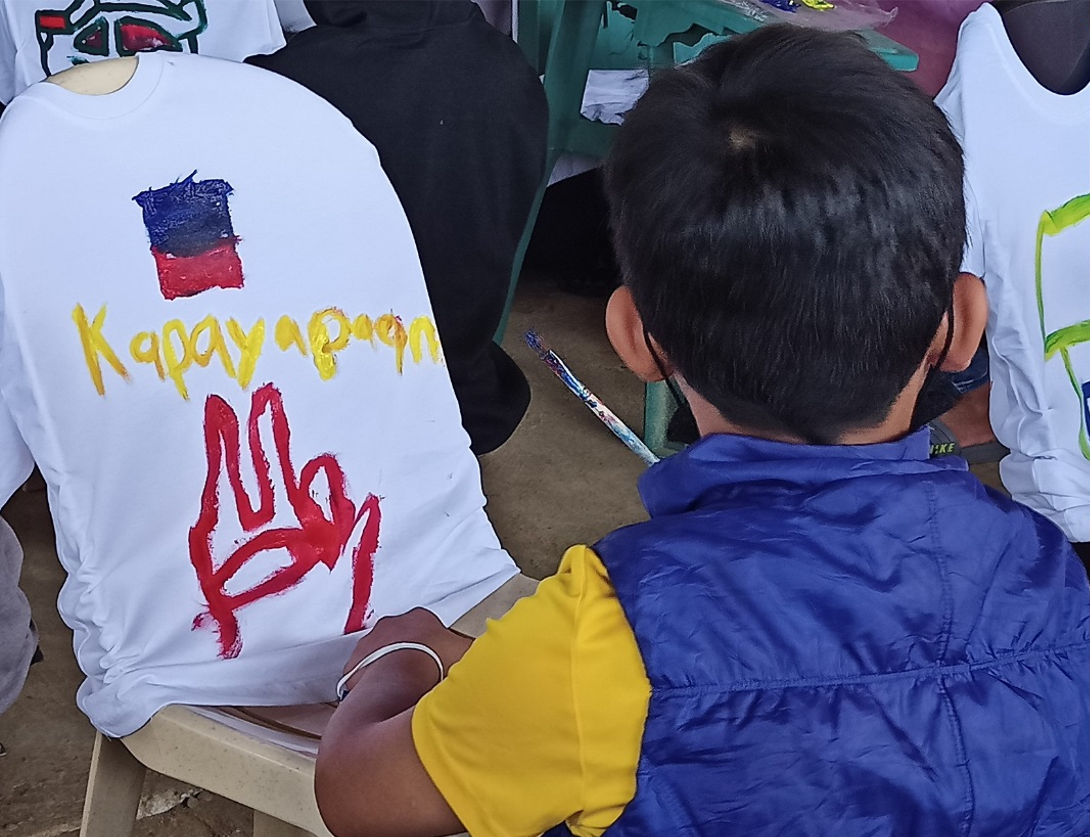Students go to school without pencils or notebooks
By Roxanne Angelika S Dela Cruz | Field and Emergency Communications Specialist
DAVAO DEL NORTE, Philippines — Even without notebooks and other school materials, students have started to go back to school a week after a devastating flood affected both their homes and schools.
RR, 10, an elementary student has been attending his classes with incomplete school things. He has no notebooks, no pencils or ballpens, nor papers to use. He merely borrowed a pencil from a classmate.
“Nothing was left to use from my things. Although we were able to recover them, they are no longer usable,” says the fourth grader. “My notebooks and pencils were all soaked. My ballpens were not working anymore; they were full of mud,” RR shares.
RR has to rewrite his previous lessons from the papers that his teachers provide. Their teachers pitched in money from their own pockets to buy several pieces of paper and pencils for their students. But that was not enough for everyone.
“I only share pencils with my classmates. I wait for them to finish so I can have my turn to write my notes,” RR says.

RR lives with his uncle who works as a carpenter and earns meagerly between Php300-Php500 ($5-$9) a day. With other children in the house, his uncle could only provide so much for his school needs.
“Children and young people are having challenges in learning due to what happened to them,” Erlinda Alejaga, World Vision Child Protection Specialist, says. “One of our priorities now is to source out support to provide for school supplies as soon as possible to augment the needs of the children for school and return some sort of normality to their lives. We are also providing immediate assistance to their families so they can cope with their situation and recover.”
According to the UNICEF 2021 report The Climate Crisis Is a Child Rights Crisis: Introducing the Children’s Climate Risk Index, nearly half of the world’s 2.2 billion children live in countries that are considered “extremely high risk” against the impact of accelerating climate crisis.
The same report showed that the children in the Philippines are one of those who are potentially exposed to disasters such as typhoons and flooding that threaten their health, education, and protection.









